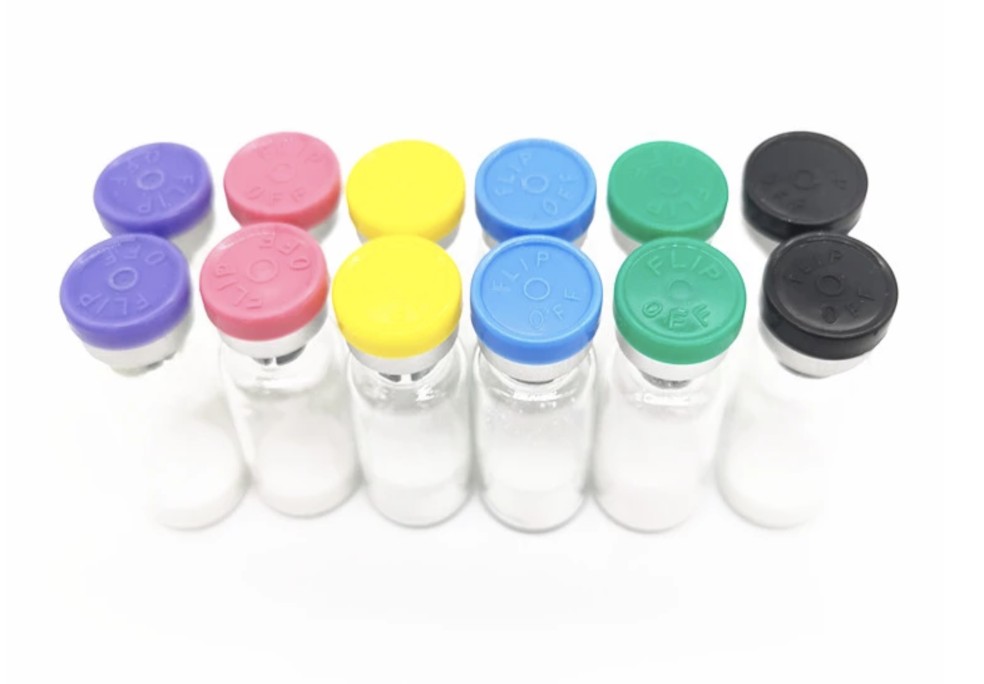Nazwa produktu:wapreotyd,Oktastatyna,wapreotyd
Sekwencja: D-Phe-[Cys-Tyr-D-Trp-Lys-Val-Cys]-Trp-NH2
Alias:Sanwara,RC-160;WAPRETYD;D-PHE-CYS-TYR-D-TRP-LYS-VAL-CYS-TRP-NH2; Oktastatyna;
FCYWKVCW-NH2;D-Phe-L-Cys(1)-L-Tyr-D-Trp-L-Lys-L-Val-L-Cys(1)-L-Trp-NH2;
Nr sprawy: 103222-11-3
Formuła molekularna: C57H70N12O9S2
Waga molekularna: 1131.40
Czystość (HPLC): 98.0%
Wygląd zewnętrzny: biały proszek
Pojedyncze zanieczyszczenie(HPLC): 1.0%
Skład aminokwasów: 10% teoretyczny
Zawartość peptydu(N%): 80%(przez %N)
Zawartość wody(Karl Fischer): 6.0%
Zawartość octanu(HPIC): 15.0%
Bilans masy: 95.0~105,0%
Gatunek : Klasa farmaceutyczna
Magazynowanie: Zamknięte, poniżej 2 ~ 8 ℃ konserwacja
Stosowanie : Lek może być stosowany w leczeniu wczesnego ostrego krwawienia z żylaków przełyku (EVB) i endoskopowa terapia interwencyjna przed hemostazą, może również krwawić w ciągu 5 d Soczewka do leczenia i zapobiegania nawrotom po endoskopii. Octan wapreotydu będzie jedyną zatwierdzoną metodą leczenia krwawienia z żylaków przełyku w Stanach Zjednoczonych.
Variceal bleeding is a life-threatening complication of portal hypertension. The recommended treatment includes the early administration of a vasoactive drug. Vapreotide is a somatostatin analogue with a different receptor affinity to octreotide. It decreases portal pressure and blood flow of collateral circulation in rats with cirrhosis. The pivotal study of early administration of vapreotide in patients with cirrhosis and variceal bleeding has shown a significant improvement in bleeding control and, in the subset of patients with significant bleeding, a significant reduction in mortality. Dodatkowo, a meta-analysis of four randomized studies has shown a significant improvement in bleeding control. Vapreotide administrated via the intravenous route is simple to use, with practically no contraindications and few, usually minor, side effects.
The immediate release formulation of Sanvar, a somatostatin analogue, is used in the treatment of acute esophageal variceal bleeding (EVB).Sanvar is used prior to endoscopic intervention to control haemorrhage and prevent re-bleeding during the critical five days following the onset of bleeding. EVB is a life threatening condition and the mortality rate is high (about 15% do 25%) in the first six weeks following the haemorrhage. EVB is the cause of about 70% of gastro-intestinal bleeding in patients suffering from liver cirrhosis.






















